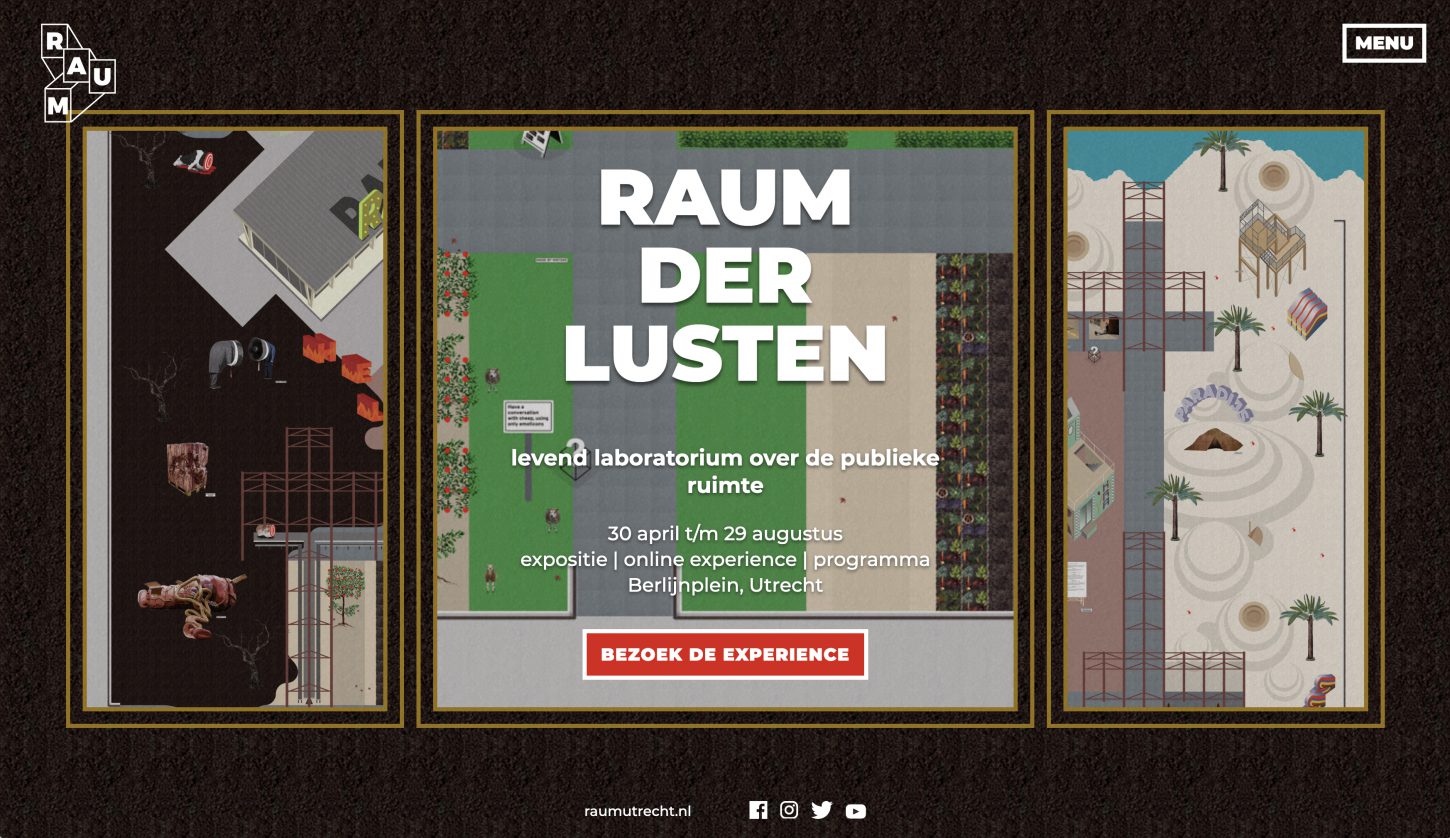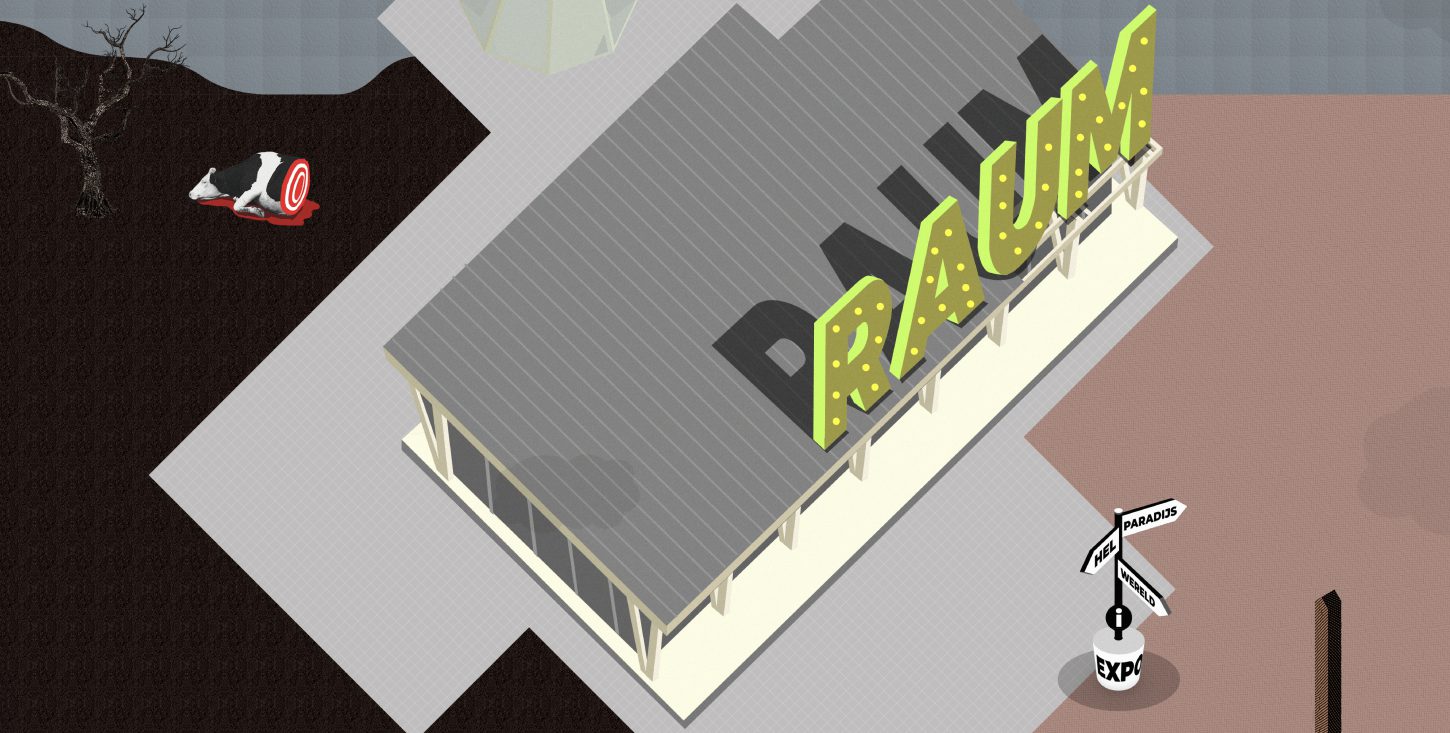
Leidsche Rijn: nowhere in the Netherlands is there a city district where so many new people have come to live in such a short time. Therefore, in 2017, city lab RAUM was established to bring new residents and entrepreneurs together to shape future urban life.
One of the themes RAUM has been working on is the public space of the future. During the covid-pandemic, we are using public spaces more than ever to meet, work and relax. But do such places, like squares and parks, meet our current and future needs? For example, if we design squares in a different way, will we also behave differently?
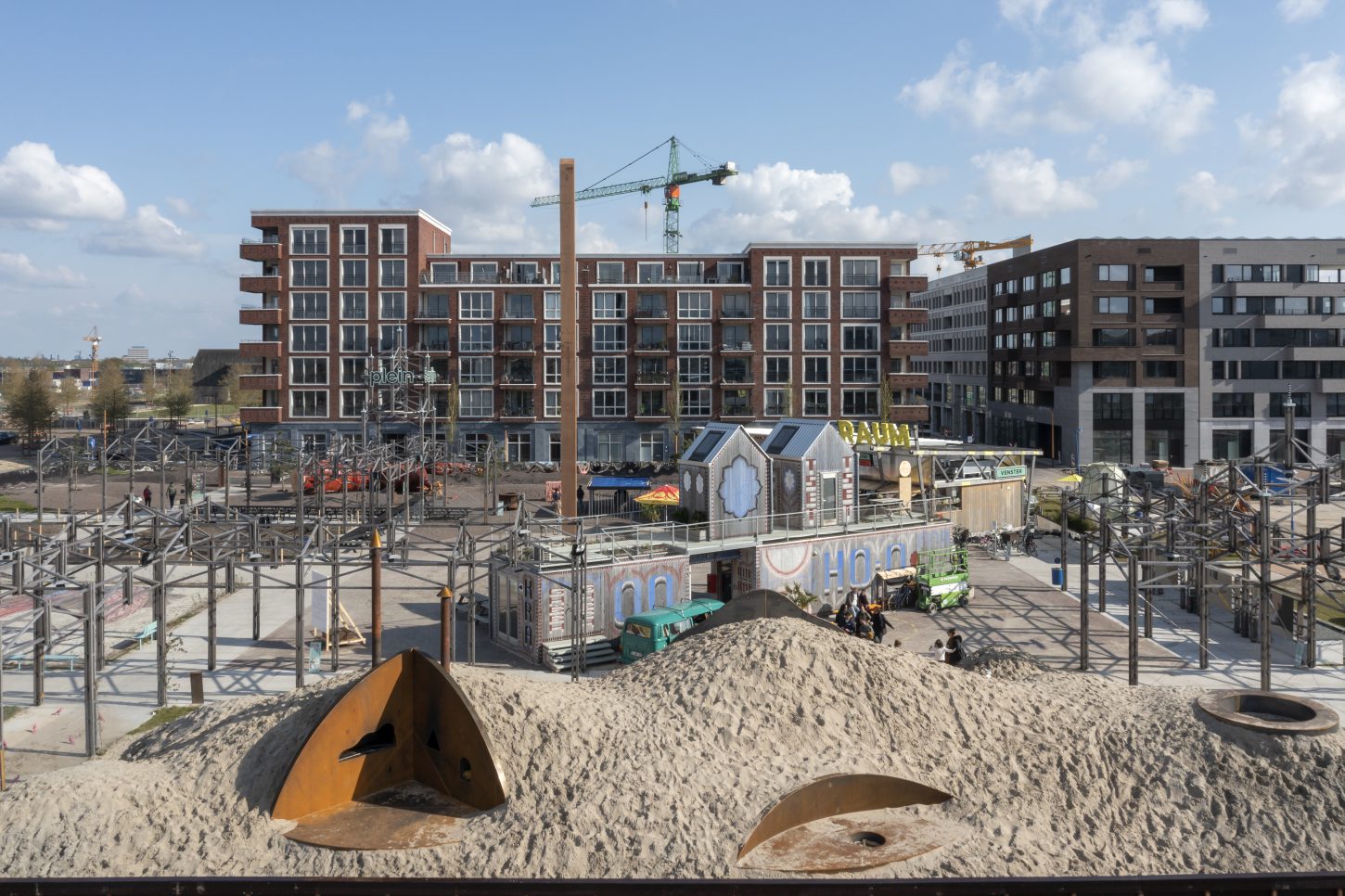
‘The Garden of Earthly Delights’ by Jheronymus Bosch – shows a new and exciting alternative on public space as we know it.
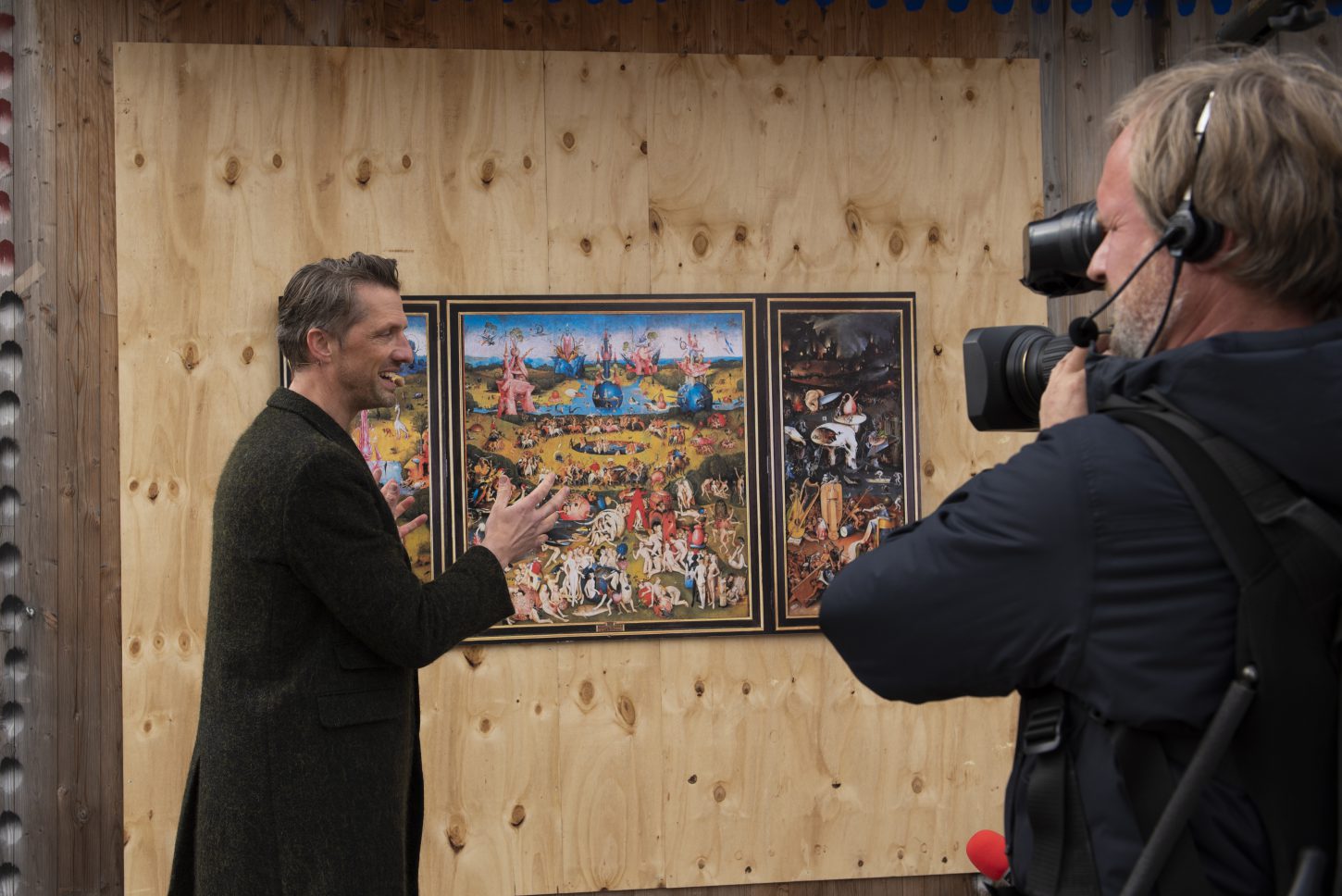
To research our use, interaction and relation to public spaces, RAUM planned to build an outdoor exhibition together with the architects from ZUS [Zones Urbaines Sensibles]. The exposition – which is divided in three landscapes that mirror the Hell, Paradise and World from the world-famous triptych by Jheronymus Bosch, ‘The Garden of Earthly Delights’ – shows a new and exciting alternative on public space as we know it.
Apart from the outdoor experience, RAUM was looking for a way to translate the physical exhibition into a virtual alternative in times of social distancing during the pandemic. The design question RAUM posed was not an easy one, as the platform needed to be more than a virtual alternative. It needed to provoke new use, new experiences and – above all – new connections between (online) visitors.
Kummer & Herrman came up with the concept for an innovative and experimental spatial experience for desktop and mobile devices. Foremost, RAUM’s mission led the way: online visitors should be able to experience, explore and witness at all times. We wanted to design a platform that excites to visit the physical exhibition at the Berlijnplein, but at the same time offers a full experience from behind the safety of your own computer screen.
For the realization of this highly interactive platform, we joined forces with developer Thomas Lievestro. During a couple of collaborative sessions, we conceptualized a smart online platform that can be reused and rearranged for future projects. We designed the platform to be experimental, to offer opportunities for reflection and facilitate online encounters.
In order to incite a new use of the platform, we collaborated with illustrator Nina Mathijsen to make sure the platform offers a fully illustrated version of the physical exhibition. In addition, we made use of the unique possibilities of the internet, allowing online visitors to experience the online expo as if they were visiting physically. The created platform facilitates an innovative way of visiting an exhibition online in a more playful and interactive way: visitors are encouraged to stay as long as they want, just like they would do at a ‘normal’ exhibition.
Secondly, the website should evoke new experiences and have added value next to the exhibition. Therefore, we enriched the experience with some surprising and unique in-depth elements, which can be discovered playfully during the online visit. For example, join the devilish curator on a tour along the artworks or escape the everyday hustle and bustle with a relaxing meditation session. Livestreams of events, performances and workshops can be followed remotely via the platform, while all information about the artworks and the program is available always.
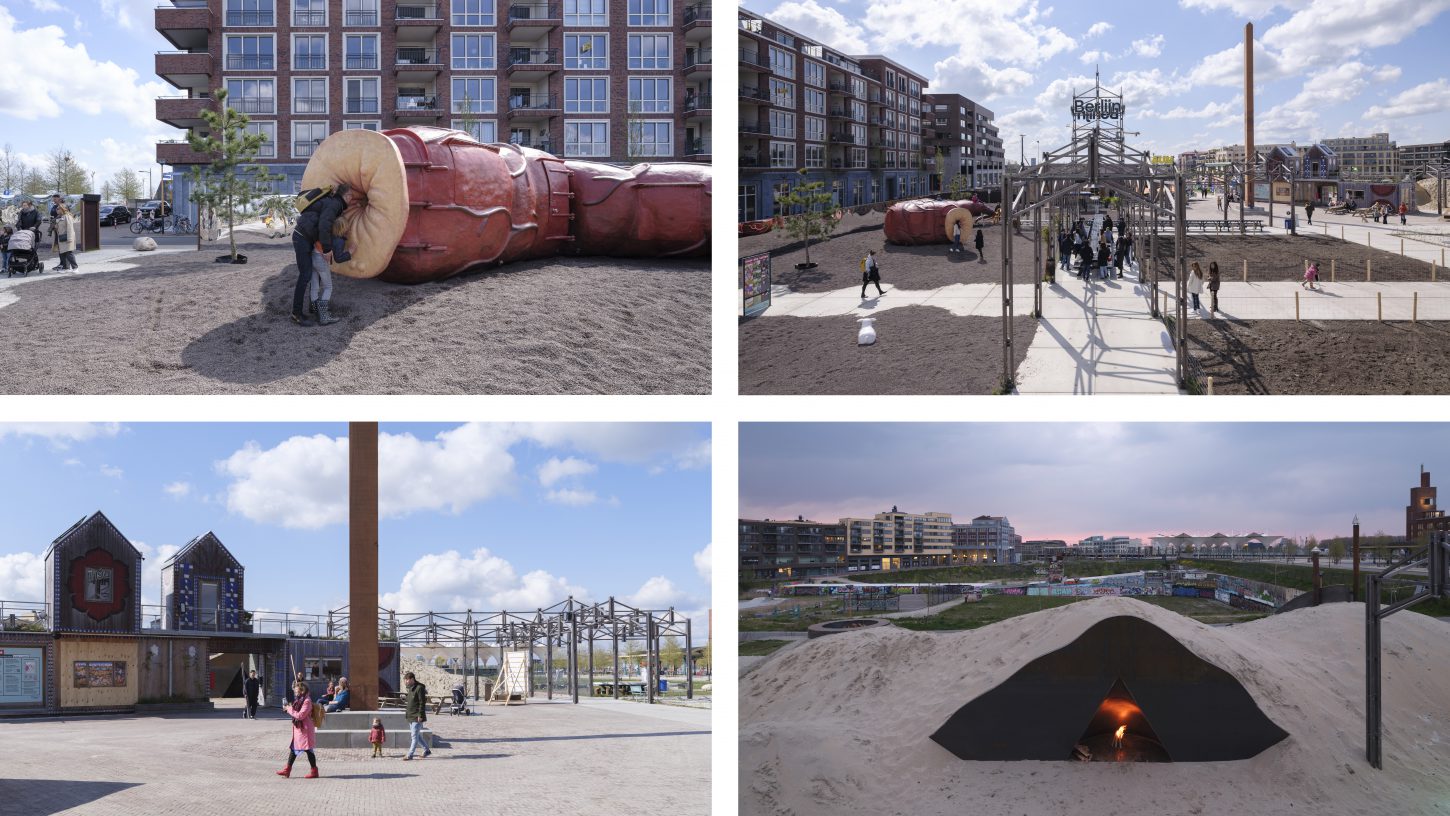
Lastly, we conceptualized and designed the website to stimulate new connections. Online visitors who have never seen each other are able to communicate and share their thoughts, reactions and experiences with each other. The ‘RAUM der Lusten’-platform inspires to act, creates new possibilities to reflect on public space and experience unexpected encounters with strangers.
